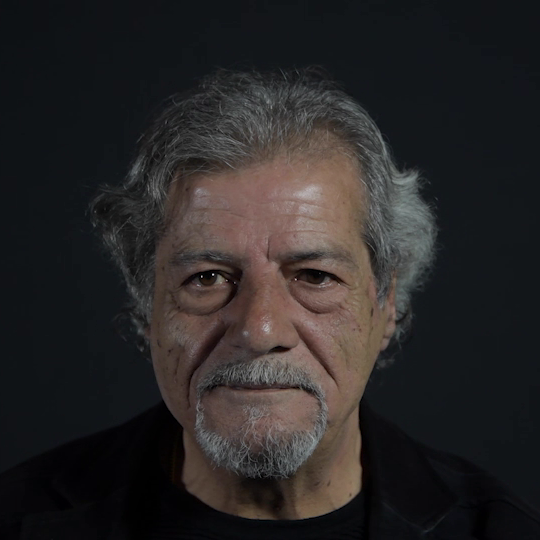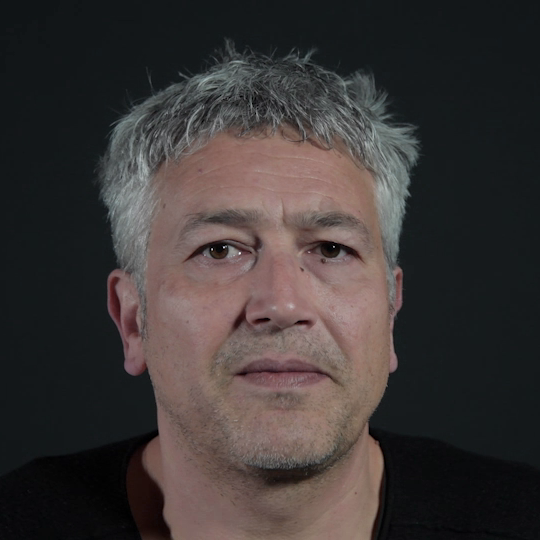Massimo Mercanti
Cetona, choosing a sustainable lifestyle
Our site saves small pieces of text information (cookies) on your device in order to deliver better content and for statistical purposes. You can disable the usage of cookies by changing the settings of your browser. By browsing our website without changing the browser settings you grant us permission to store that information on your device. I agree
This icon identifies the places described in the “Paesaggi Narrativi” (Narrative Landscapes)
This one, on the other hand, identifies the areas in the “Paesaggi del Benessere” (Landscapes of Wellness)
Check out this symbol which gives you a 360-degree view of the amazing landscapes
If Cetona has a vocation, it is to be a centre open to the world despite its location at the foot of Mount Cetona. The beauty of the place must have been a key factors as was its location in the part of Tuscany closest to Rome. Many important figures have chosen it as a retreat: from Valentino to Romiti, from Umberto Agnelli to Ceronetti. In the Seventies, the film agent, Matteo Spinola and the architect, Federico Forquet introduced a number of actors and directors to Cetona. Father Eligio set up a rehabilitation community, Mondo X here. Later, there were journalists and many other illustrious figures until present day.
The first mention of the castle of Cetona dates to between 1207 and 1214. There was a fiefdom of Ildebrandino Aldobrandeschi in that period which was then ceded to Orvieto. Soon after, the dispute between this city and Siena started which reached a turning point with the internal crisis of Orvieto. Cetona passed to the Monaldeschi di Cervara and, in 1418, it was conquered by Braccio da Montone who immediately ceded it, this time to Siena. Despite the difficulties, Cetona never shut down, especially from a cultural point of view. Today, the ruins of the fortress and the walls testify to its role as an important border town. But there is more: the civic museum and prehistoric settlements in the Belverde caves, enhanced by the faithful reconstruction of a village, are proof of an older settlement in the Val di Chiana. A dynamic district of Cetona is Piazze, which became part of the area by Napoleonic decree whereas it had been previously linked to San Casciano dei Bagni. Not far away, Camporsevoli is a privileged lookout point. A small fortified town which still retains its original function as a defensive castle. It has an ancient history revealed by the artefacts linked to an Etruscan settlement. The first mention is of a parish church, Plebs S. Johannis de Camporsedole, but at the beginning of the 2nd century, it starts to be quoted as Castrum Camporsedulis. The Visconti of Campiglia, Adobrandeschi, pressure from Siena and Orvieto are all centred around the ownership of the castle until 1339, when Boniface IX granted it to the faithful Francesco di Corbara. Then, Pope Pious II entrusted it to his nephews, Giacomo and Andrea. The Piccolomini kept possession of the fief until modern day.

Cetona, choosing a sustainable lifestyle

Me, the last heir of a school of ceramicists

Cetona, choosing a sustainable lifestyle

Me, the last heir of a school of ceramicists